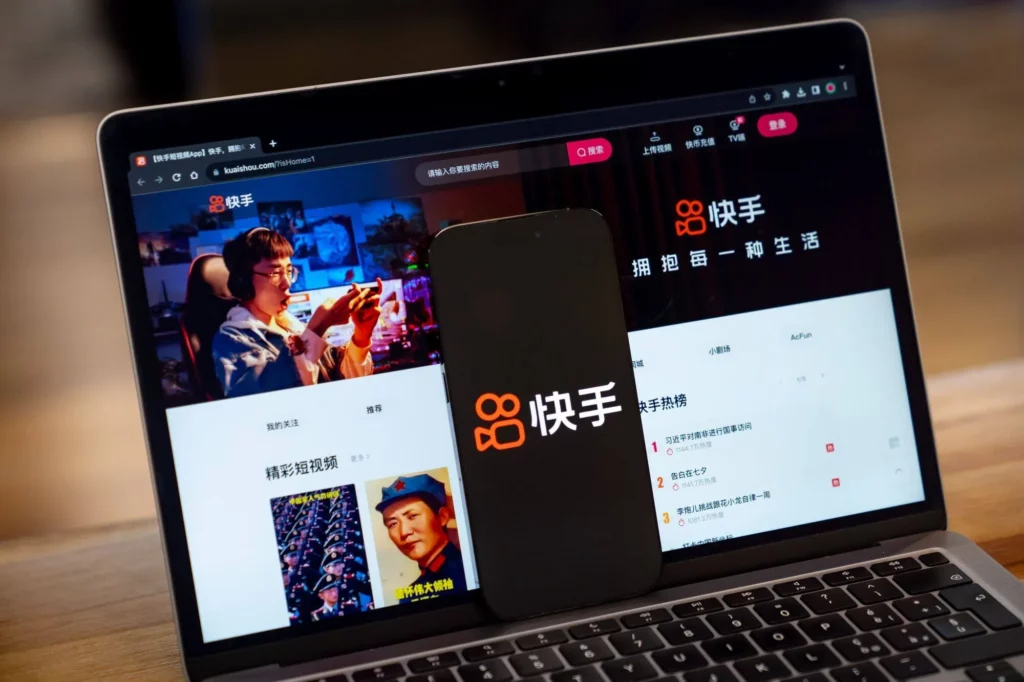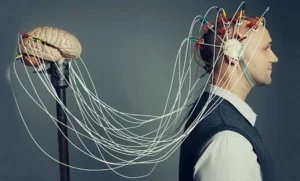
Introduction
The ability to convert text into video is a technological marvel that has been evolving rapidly. With applications ranging from entertainment to education, the demand for sophisticated text-to-video AI has never been higher. Kling, the latest innovation from popular Chinese social media platform Kuaishou, enters the scene ready to challenge OpenAI’s Sora.
China recently launched Kling, a new AI video model created by Kuaishou, a Chinese video platform company. Kling is being hailed as a competitor to OpenAI’s Sora, another AI video generation tool. Articles suggest Kling might even surpass Sora in some aspects.
Here are some details on Kling:
- Generates up to two minutes of 1080p video at 30 fps.
- Offers improved movement, better adherence to prompts, and multi-shot sequences compared to Sora.
- Simulates real-world physics, a challenge for most AI models.
While both Kling and Sora are diffusion transformer models, Kling seems to be ahead in terms of user access. Kuaishou is offering Kling through a waitlist, whereas Sora’s availability is less clear.
So, Kling is definitely making waves in the AI video generation space, potentially posing a serious challenge to OpenAI’s Sora.
What is Kling?
Kuaishou, a prominent Chinese tech company is known for its short-video platform. It recently launched Kling, a text-to-video generator and its answer to OpenAI’s Sora. Kling has several features that position it as a serious competitor:
Extended Video Length: Sora’s capabilities are limited to one-minute videos. But Kling can generate content up to two minutes long, offering creators more flexibility and storytelling potential.
Superior Resolution: Kling pushes the boundaries of high-definition video generation by offering 1080p resolution. Sora’s capabilities are yet to be revealed. This translates to crisper visuals and a more polished viewing experience.
Realistic Motion and Physics: Kling excels at creating lifelike movements and simulating real-world physics within its generated videos. This can significantly enhance the overall quality and believability of the final product.
Open Access and Early Impressions
Currently, Kling is undergoing a limited access testing phase through Kuaishou’s video editing app, Kuaiying. This allows select users to experiment with the model and generate their own text-to-video content. Early users praise Kling’s outputs, suggesting they may surpass Sora’s videos in visual fidelity and realism. But official benchmarks are yet to be established.
In the generated video, a Chinese man takes a seat at a table, skillfully wielding chopsticks to enjoy a bowl of noodles.
Technical Insights of Kling
The model leverages a powerful architecture known as the Diffusion Transformer, which excels at translating textual descriptions into corresponding visual sequences.
Additionally, Kling utilizes 3D face and body reconstruction powered by Kuaishou’s proprietary 3D VAE(Variational Auto-Encoder) technology. This allows the model to generate characters with lifelike expressions and movements, even with just a single full-body photo as reference. This is a significant advantage, as it eliminates the need for complex motion capture procedures often required in traditional video production.
Read More: Upto 22% : Top 5 Semiconductor Equipment Makers Sales Surge in Q1 2024 – techovedas
Takeaways from Kling’s Launch
Kuaishou’s decision to test Kling through Kuaiying, their video editing app, suggests a strong possibility of future integration with mobile platforms.
Kling’s emergence shows the rise of regional powerhouses in AI development. China, with its vast resources and growing technological prowess, will play a major role in shaping the future of AI.
Kuaishou’s decision to offer Kling through a limited access program on Kuaiying is a strategic move. This allows them to gather valuable user feedback and iterate on the model before a wider release. It also creates a sense of exclusivity and hype around Kling, potentially attracting more creators to the platform.
Conclusion
Kling’s entry into the text-to-video AI arena signifies a pivotal moment in the AI race. With its advanced features and strategic market positioning, it could very well challenge OpenAI’s dominance, especially in the Chinese market. As the technology continues to evolve, the implications for global AI leadership and the future of content creation are profound and far-reaching.








